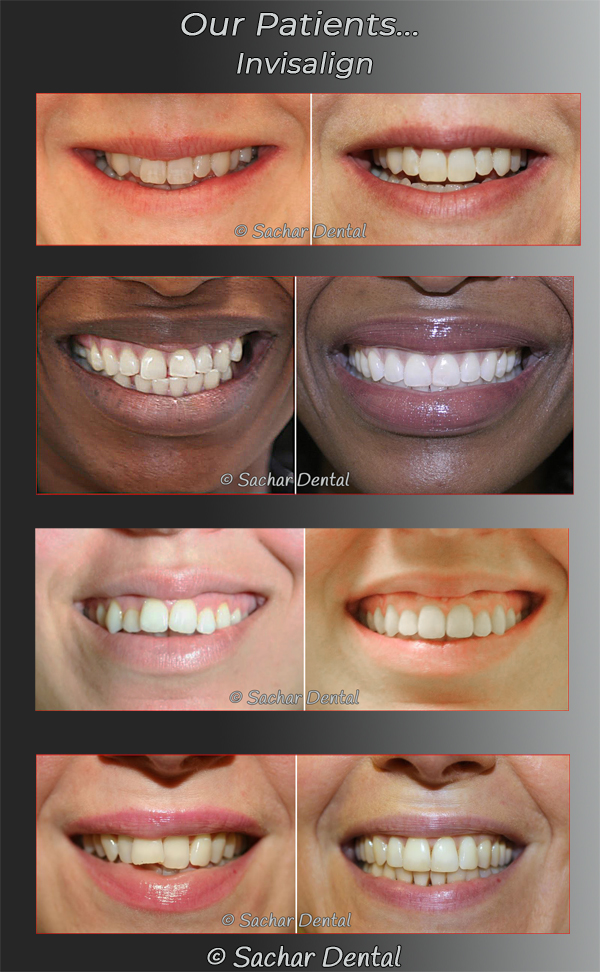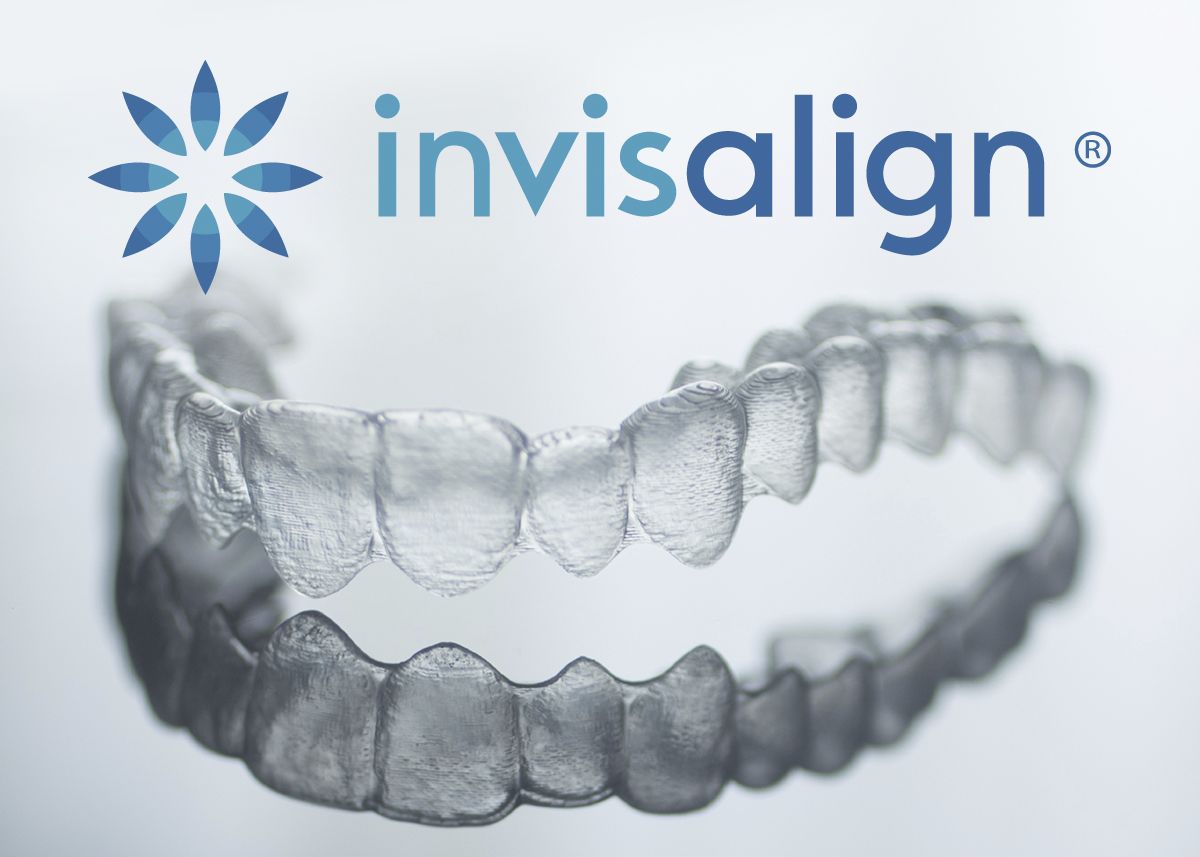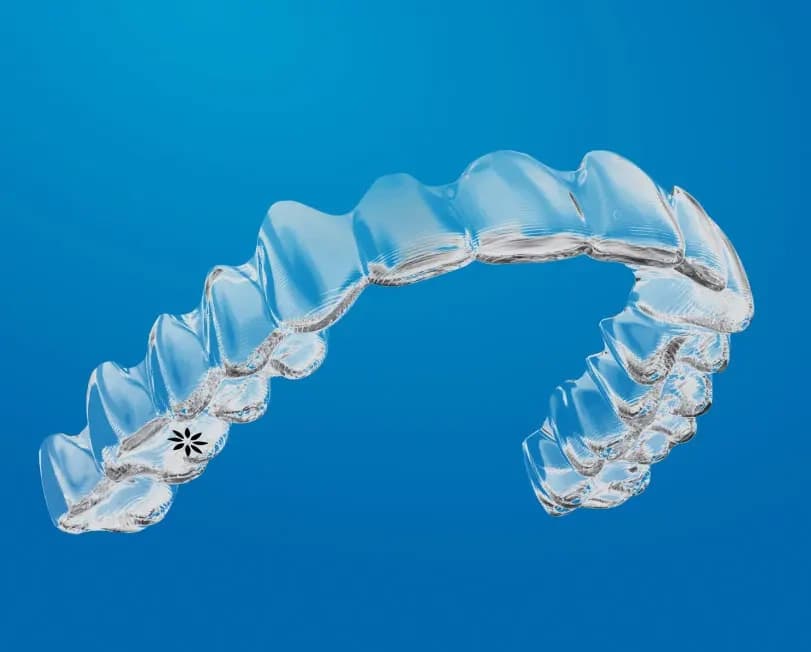Invisalign for Teens: A Modern Solution to Straightening Young Smiles
Invisalign for Teens: A Modern Solution to Straightening Young Smiles
Blog Article
Invisalign vs. Traditional Dental braces: Which Alternative Is Right for You?
When thinking about orthodontic therapy, the choice between Invisalign and typical dental braces presents several important factors that merit careful examination. Invisalign provides a discreet option with detachable aligners, while standard dental braces supply a more visible yet efficient remedy for severe imbalance. Each alternative includes distinctive advantages and drawbacks connected to aesthetics, convenience, treatment duration, and price. Comprehending these subtleties is crucial for making an informed decision that straightens with your individual choices and lifestyle. The inquiry continues to be: which option will best satisfy your orthodontic requirements and assumptions?
Overview of Treatment Options

On the other hand, typical dental braces include steel brackets and cords that are bonded to the teeth. This method applies constant pressure with time to accomplish positioning. While reliable for intricate orthodontic problems, typical braces require normal check outs for adjustments and can position obstacles in preserving dental hygiene as a result of the difficulty of cleaning up around cords and brackets.
Both alternatives have their benefits, and the selection often depends upon specific dental problems, lifestyle choices, and individual conformity. Inevitably, getting in touch with an orthodontic specialist is vital for figuring out one of the most appropriate treatment plan tailored to individual requirements. Recognizing the nuances of each option can considerably influence the general success of orthodontic therapy.
Visual Factors To Consider
A considerable variable influencing the selection in between Invisalign and conventional braces is the aesthetic charm each treatment uses. Invisalign aligners are crafted from clear plastic, making them practically unnoticeable when put on.
In contrast, typical braces include steel brackets and cords, which can be much more recognizable. While innovations in orthodontic technology have actually resulted in the advancement of smaller brackets and colored elastics, conventional dental braces still keep a more conspicuous profile. For some individuals, the exposure of dental braces might hinder them from looking for needed treatment.
Eventually, the option between Invisalign and standard braces may rest on personal choices concerning aesthetics. Clients who focus on discretion frequently lean towards Invisalign, while those who are much less worried regarding exposure might decide for conventional braces. Comprehending the aesthetic implications of each alternative is essential for making an informed decision that lines up with one's way of life and preferences.
Comfort and Convenience

In terms of benefit, Invisalign aligners are detachable, enabling patients to appreciate their favorite foods without limitation and maintain optimum oral health. Brushing and flossing are simplified, as the aligners can be gotten throughout these regimens, whereas conventional dental braces call for careful maneuvering around braces and cords.
In addition, Invisalign's modern system permits fewer orthodontic visits. Clients normally receive multiple sets of aligners simultaneously, which can enhance the therapy process and reduce time invested in the orthodontist's chair. In contrast, standard braces require normal changes, making them less practical for those with busy timetables. Invisalign. Overall, the comfort and ease of Invisalign make it an enticing option for lots of individuals seeking orthodontic treatment.
Treatment Period and Performance
While both Invisalign and traditional braces work in dealing with dental misalignments, the duration of therapy can differ substantially between the 2 options. Usually, Invisalign treatment can take anywhere from 12 to 18 months, relying on the complexity of the case. The clear aligners work by progressively shifting teeth right into their preferred positions, and routine follow-ups with an orthodontist aid ensure progress stays on the right track.
In contrast, traditional braces usually require a longer dedication, generally ranging from 18 months to three years. This is due to their fixed nature and making use of cords and brackets, which can be a lot more efficient for complex cases and severe misalignments (Invisalign). The treatment effectiveness of traditional dental braces is well-documented, as they permit specific adjustments and higher control over tooth motion
Inevitably, the choice in between Invisalign and standard dental braces might rest on both the awaited treatment duration and the specific oral problems at hand. Consulting with an orthodontist is important, as they can give customized suggestions based on specific demands, making certain the chosen method aligns with preferred durations and end results.
Price Comparison and Insurance Coverage Options
Cost plays a substantial duty in the decision-making process for individuals thinking about orthodontic therapy, whether choosing Invisalign or standard braces. Generally, the cost of Invisalign varieties try this website from $3,000 to $8,000, while typical braces generally cost in between $2,000 and $6,000. Factors influencing these expenses include the complexity of the situation, the duration of therapy, and geographical location.
Several dental insurance coverage strategies supply partial coverage for orthodontic therapies, yet the specifics can differ widely. Normally, conventional dental braces might be much more often covered by insurance coverage plans contrasted look at more info to Invisalign, which some insurance companies categorize as an aesthetic procedure.
Furthermore, several orthodontic methods provide flexible layaway plan, making both therapy choices a lot more easily accessible. Clients ought to ask about potential funding choices and discount rates for upfront settlements. Evaluating the complete cost, including insurance policy advantages and settlement strategies, is vital for making a notified choice that lines up with both aesthetic preferences and spending plan factors to consider.

Final Thought
In summary, the option between Invisalign and typical braces pivots on several aspects, including visual choices, convenience, therapy duration, and cost. Invisalign provides a very discreet, removable choice that facilitates oral hygiene and nutritional flexibility, while conventional dental braces might be much more appropriate for complicated dental issues and typically come at a reduced price point. Ultimately, appointment with an orthodontist Continued is important to assess individual scenarios and establish the most ideal therapy alternative for accomplishing optimal oral placement.
When taking into consideration orthodontic therapy, the option in between Invisalign and typical braces offers numerous important factors that warrant mindful examination.Contrasting Invisalign and typical dental braces exposes unique treatment options for orthodontic modification.While both Invisalign and traditional dental braces are reliable in dealing with dental imbalances, the period of therapy can differ dramatically in between the two options.Expense plays a considerable duty in the decision-making procedure for people taking into consideration orthodontic treatment, whether opting for Invisalign or conventional dental braces.In recap, the choice between Invisalign and conventional braces hinges on several variables, consisting of visual choices, comfort, therapy duration, and cost.
Report this page